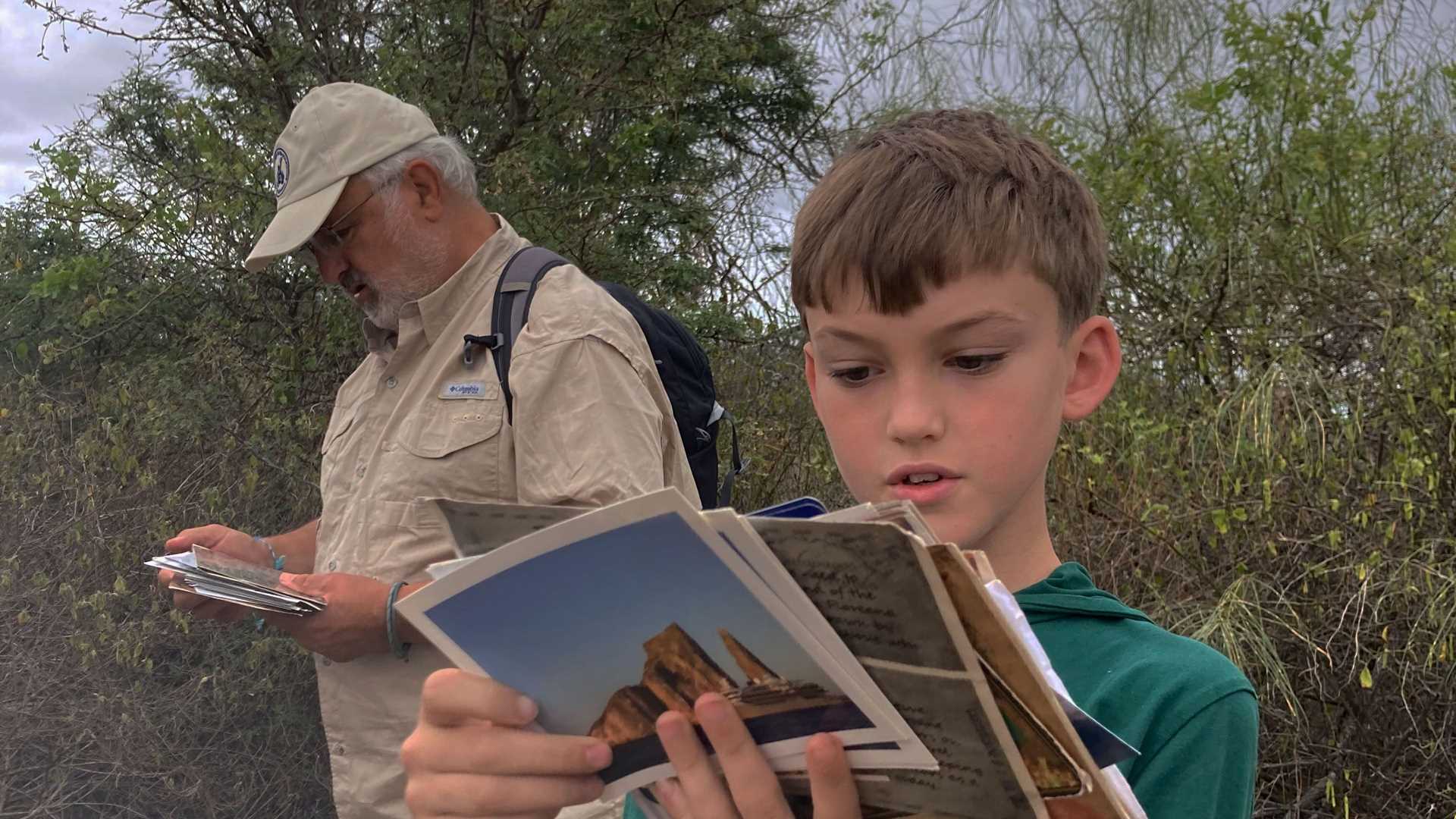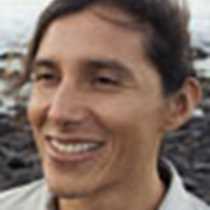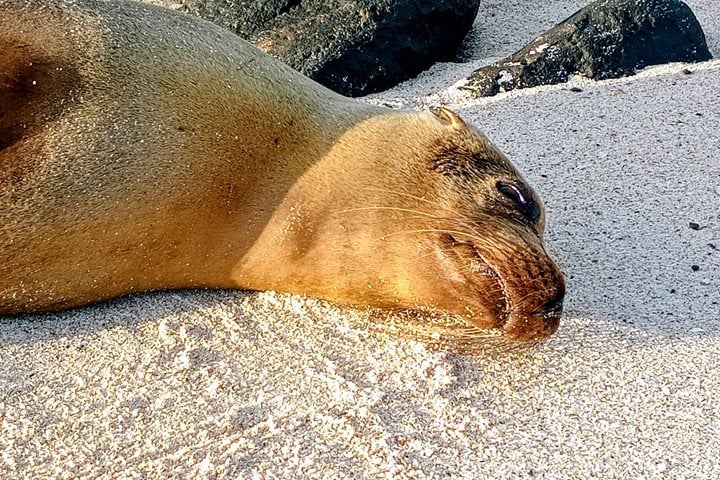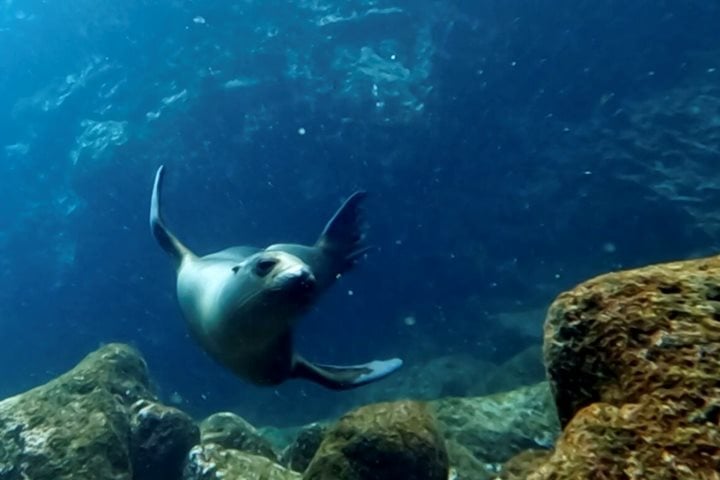Today we spent the day visiting Floreana Island. In the morning, we disembarked for an early pre-breakfast visit to Post Office Bay. We had fun learning about the days when whalers came to the Galapagos Islands and established the first post office. This old tradition has continued, and we had the chance to drop off postcards and we took some to deliver. We also had an incredible snorkeling experience in the clear waters of Champion Islet. We observed a number of fish species common to these islands, including the whitetip reef shark. We ended our visit to this island with a natural history walk at Punta Cormorant, where we had the chance to see blue-footed boobies nesting and flamingos feeding in a brackish pond. We ended the day with a delicious dinner on the sky deck onboard National Geographic Islander.
Call +1.800.397.3348 or contact your travel advisor







